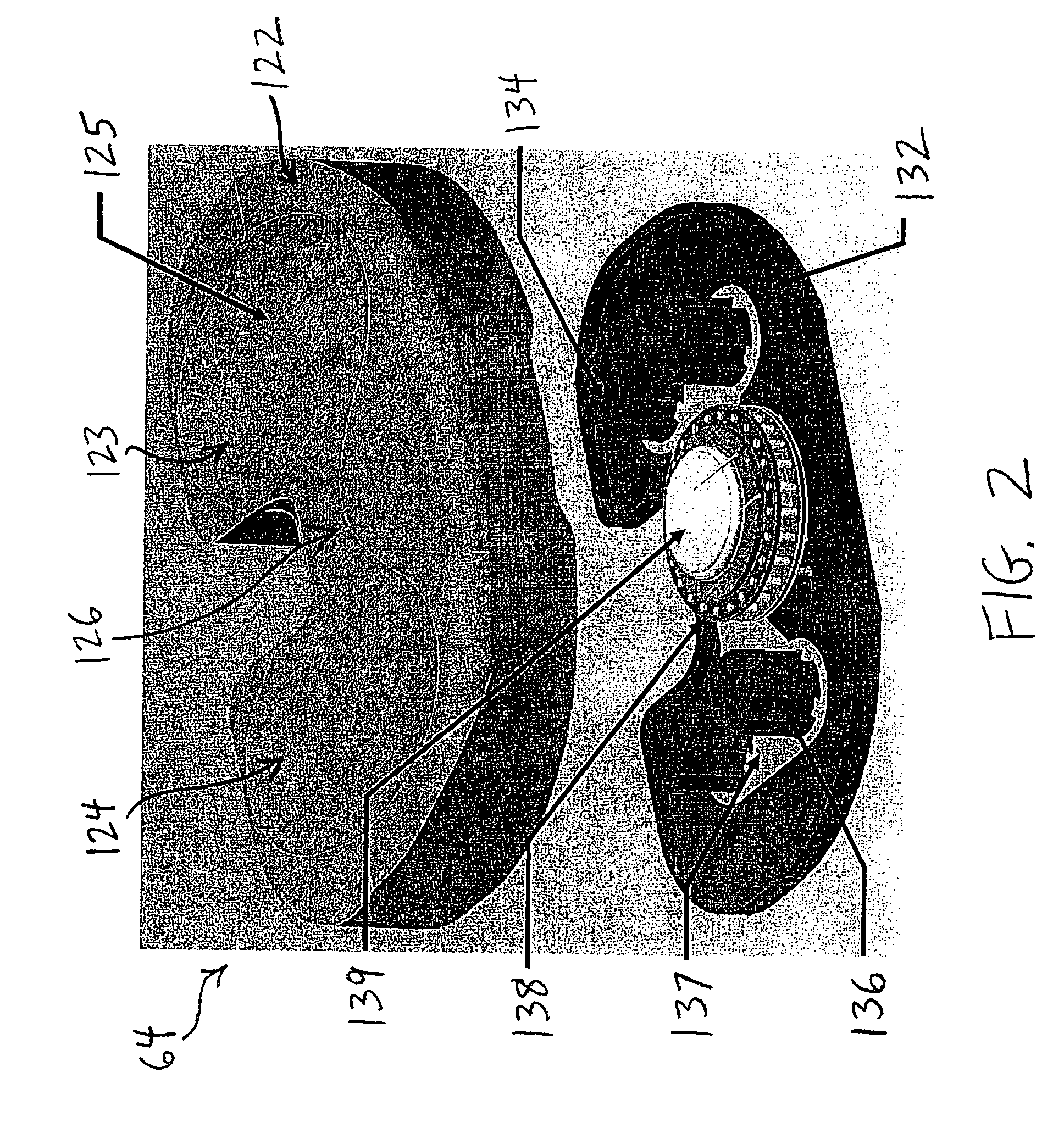Application of neural networks to prosthesis fitting and balancing in joints
a neural network and prosthesis technology, applied in the field of joint replacement, can solve the problems of long recovery process, complications, patient consideration and ultimately joint replacement surgery, etc., and achieve the effect of increasing data
- Summary
- Abstract
- Description
- Claims
- Application Information
AI Technical Summary
Benefits of technology
Problems solved by technology
Method used
Image
Examples
Embodiment Construction
[0029] The present invention is directed to systems and methods for prosthesis fitting and balancing in joints using neural network applications. It will be apparent that the neural networking techniques used in conjunction with the present invention, described hereinbelow, may be applied to a variety of medical procedures. For example, with respect to total knee arthroplasty, a force may be imposed between a trial insert and a femoral component, a trial insert and a tibial component, or between the trial insert and both femoral and tibial components. Further, the techniques of the present invention are suitable for applications including, but not limited to, joint replacement surgeries performed on the shoulder, elbow, ankle, foot, fingers and spine.
[0030] It will be appreciated that while the techniques of the present invention are generally described in the context of acquiring data using a trial insert during a knee replacement procedure, data also may be acquired and / or proces...
PUM
 Login to View More
Login to View More Abstract
Description
Claims
Application Information
 Login to View More
Login to View More - R&D
- Intellectual Property
- Life Sciences
- Materials
- Tech Scout
- Unparalleled Data Quality
- Higher Quality Content
- 60% Fewer Hallucinations
Browse by: Latest US Patents, China's latest patents, Technical Efficacy Thesaurus, Application Domain, Technology Topic, Popular Technical Reports.
© 2025 PatSnap. All rights reserved.Legal|Privacy policy|Modern Slavery Act Transparency Statement|Sitemap|About US| Contact US: help@patsnap.com



